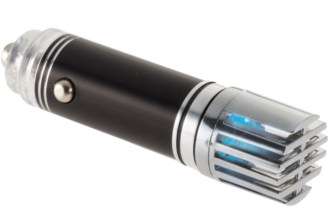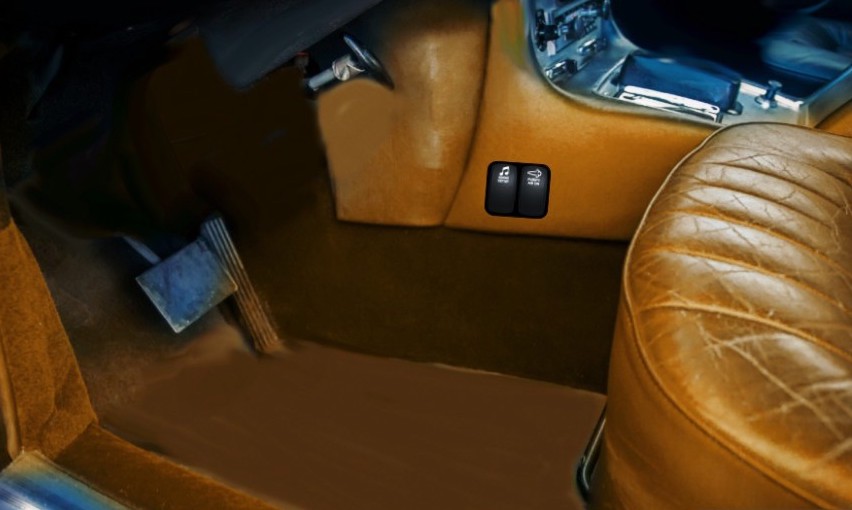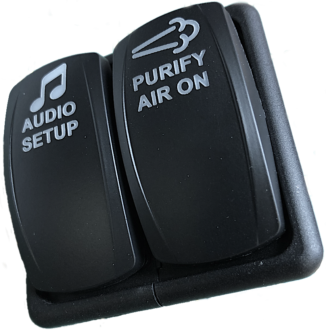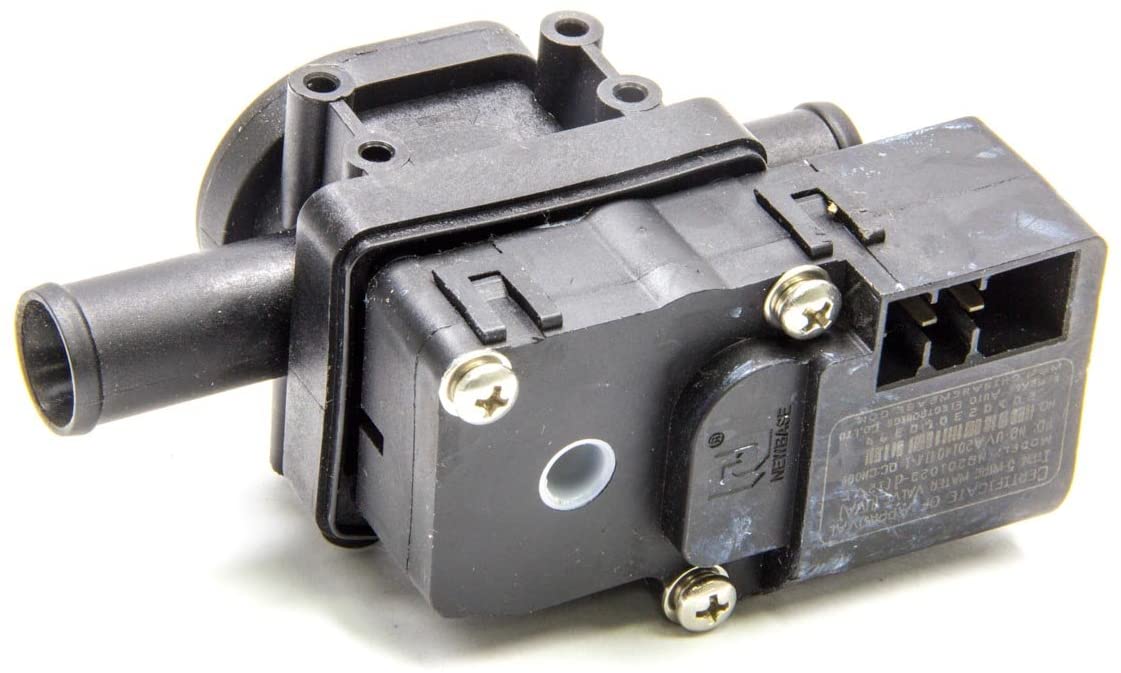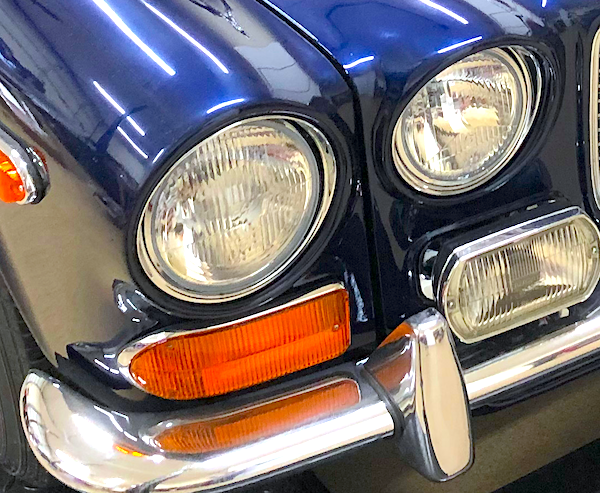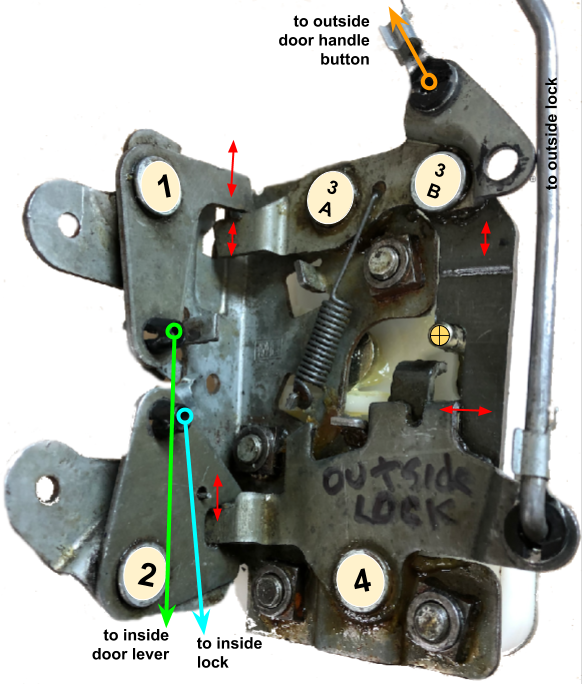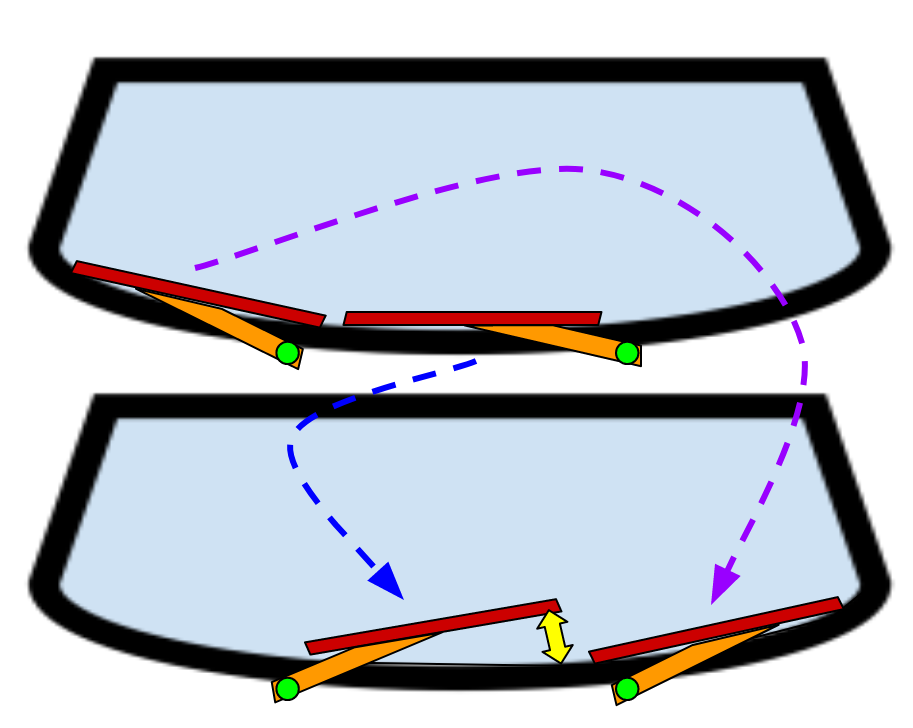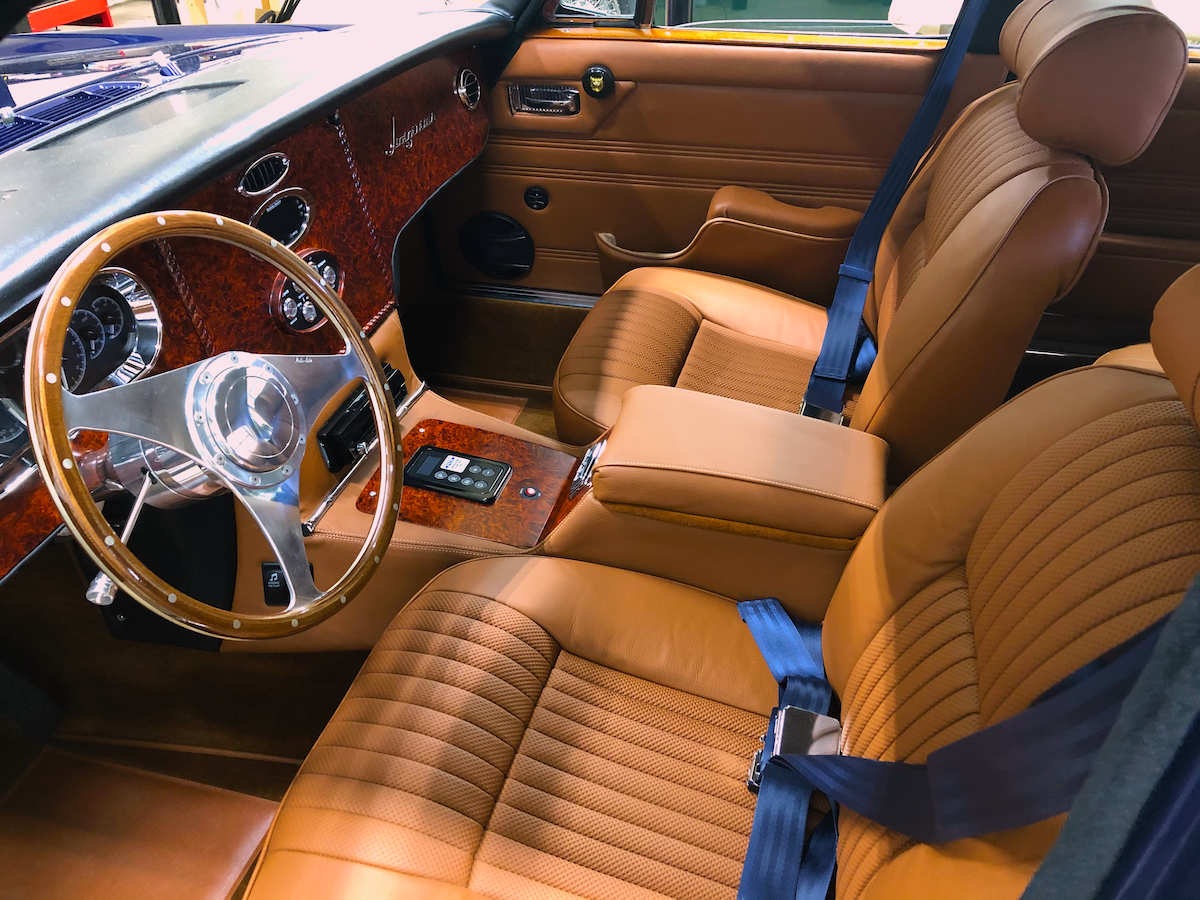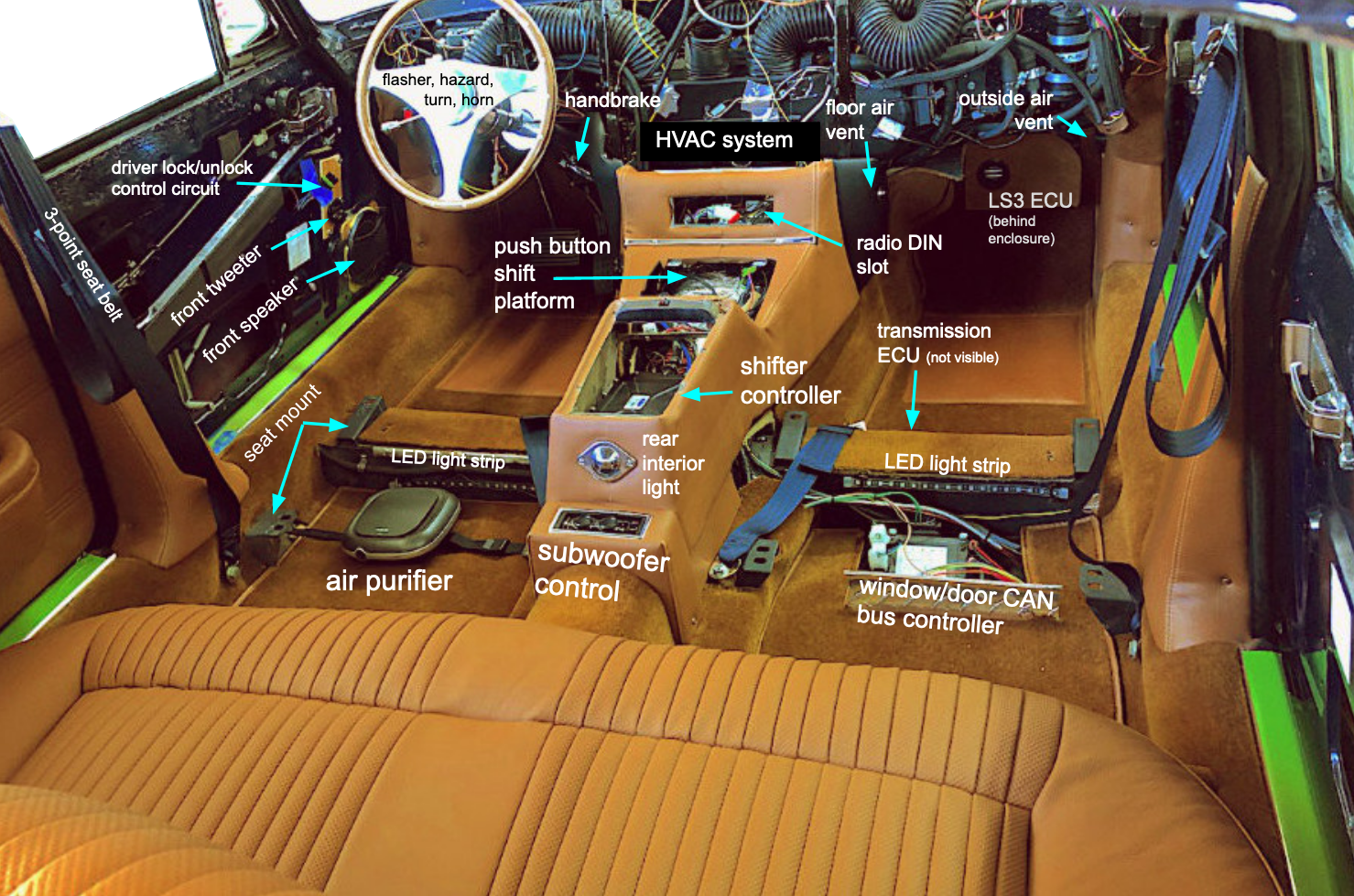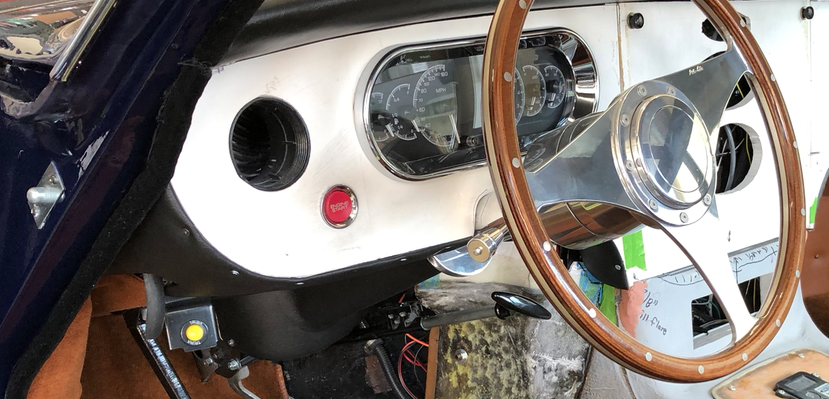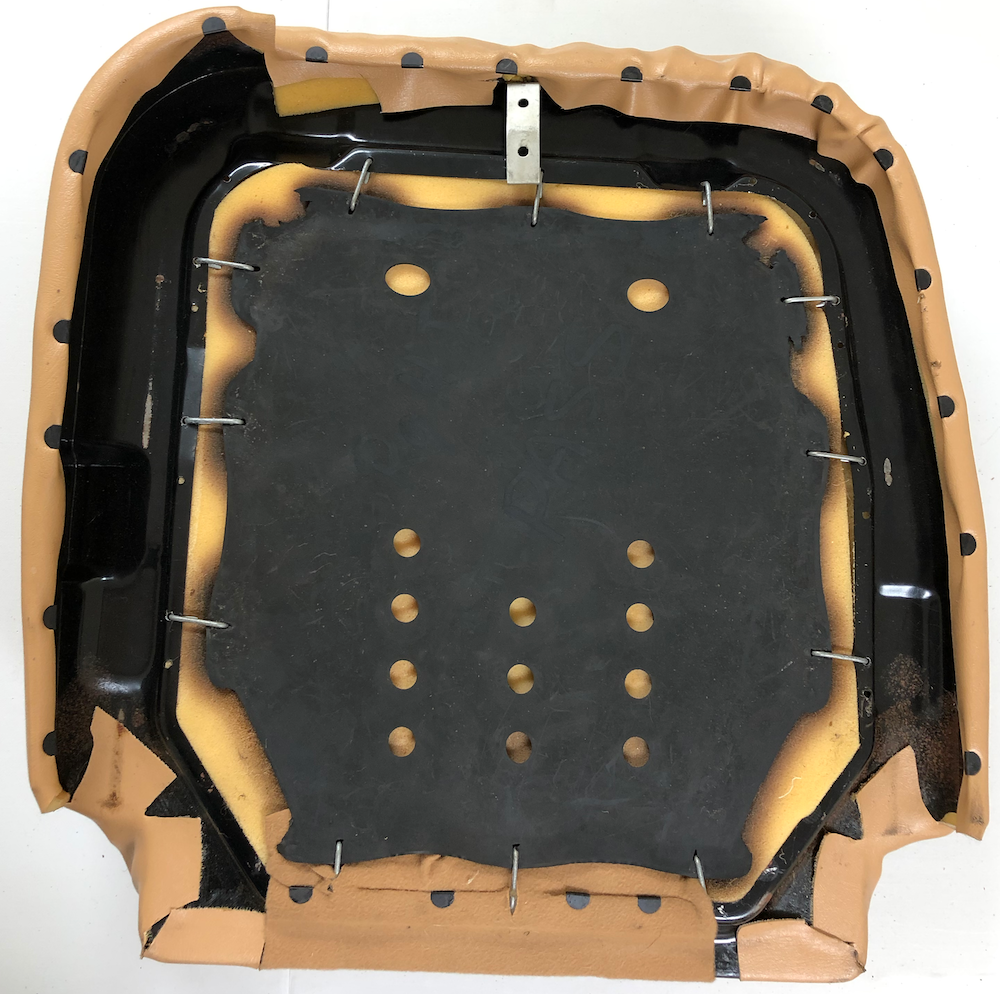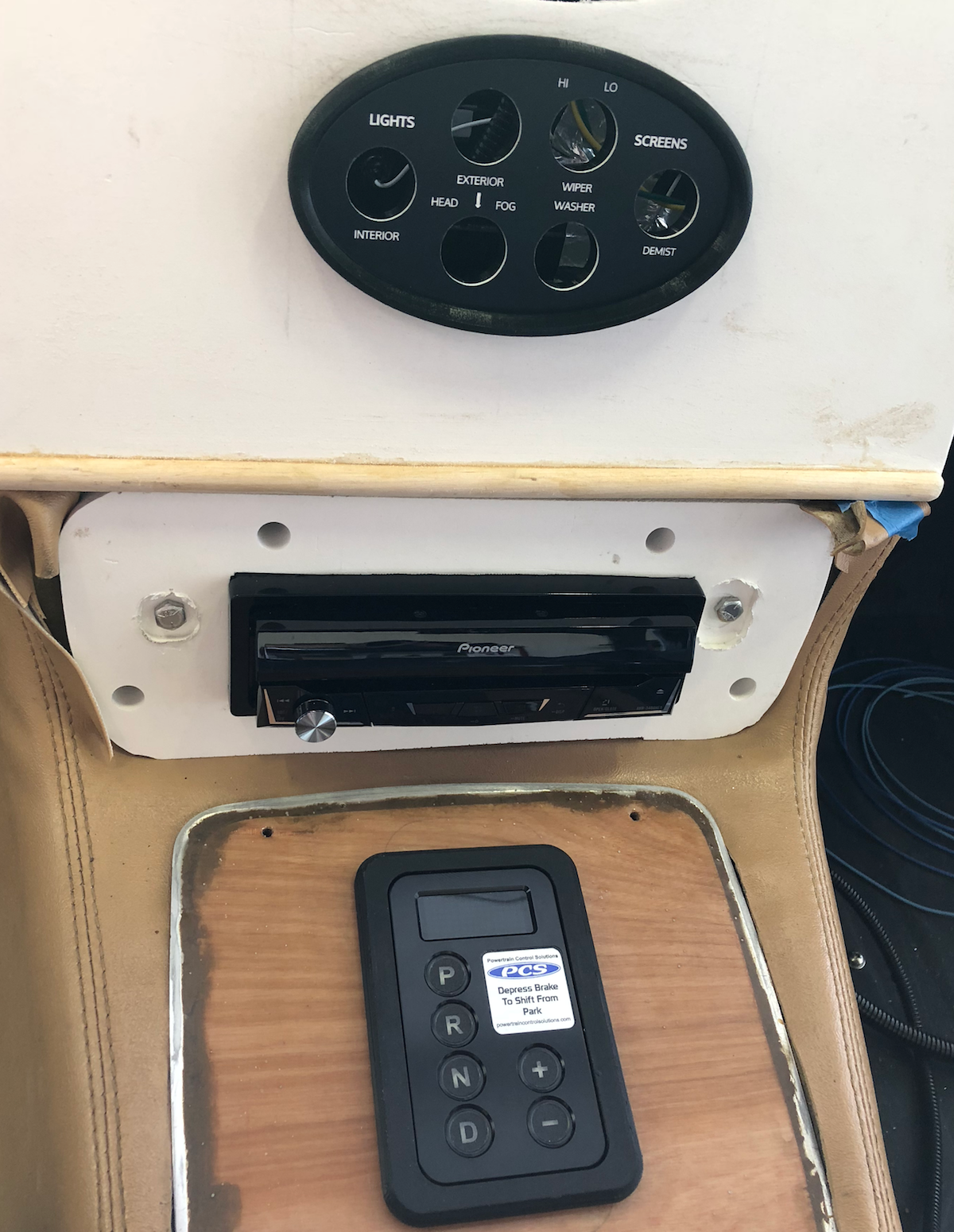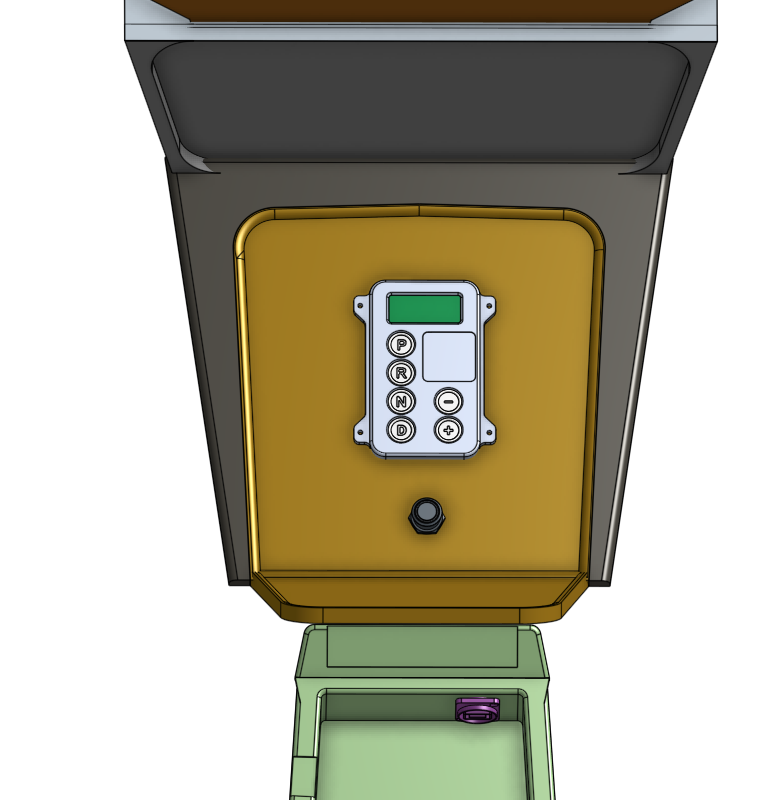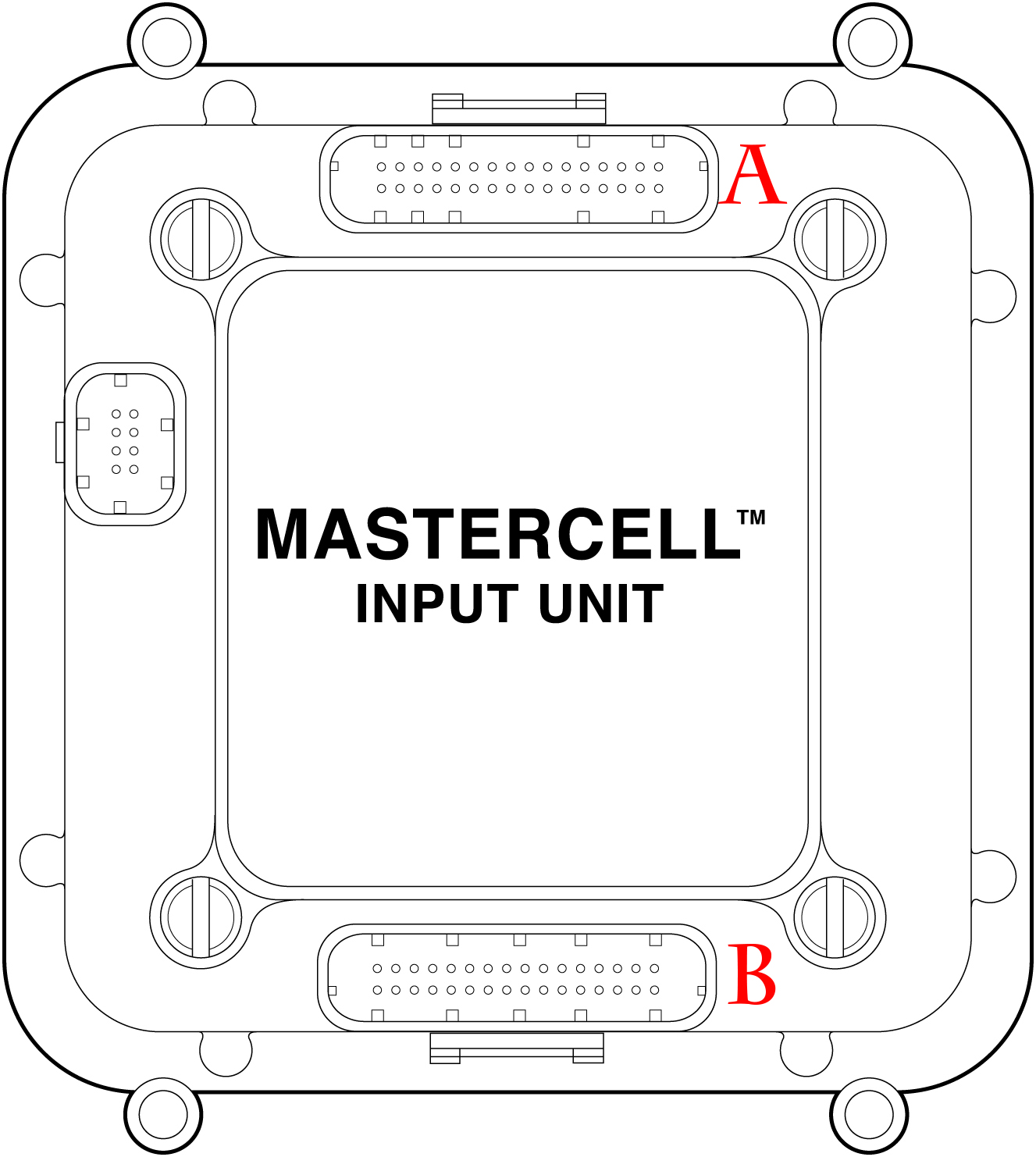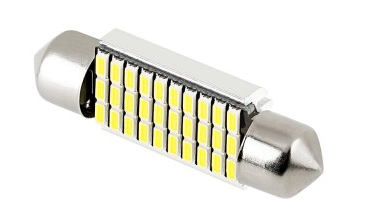Cars today use HEPA filtration integrated into the HVAC system to remove dust, pollen, and other contaminants from highway air.
The typical method of cleaning air is to place a cabin air filter between the outside inflow vent and the HVAC blower fan. But back in the 1970s air quality was just beginning to be a concern, and filtration technology was essentially nonexistent.
Apart from open windows, our 1972 Jaguar only intakes air via through-the-wing tubing vented at the top of the headlight rims. Air then passes through our custom inside vents into the cabin. Needless to say, this unfiltered air is rather dirty. Meanwhile, the Vintage Air HVAC only runs on recirculated air without an internal filter. In order to fit the Vintage Air system, the front hood vent was closed off as well.
Since air cannot be filtered as it enters the cabin, the next best alternative is to filter it after the fact. There are two basic choices: 1) ionic static air charging, or 2) fan-powered filtration.
Small vehicle ionizers are typically designed to fit into a standard 12-volt or cigarette lighter outlet (but we don’t have one handy in our restomod interior design). Since air flow is not controlled (ionizers are dependent on whatever air flow is inside the cabin), ionic cleaners are about a third as efficient as fan-powered systems. Ionic cleaners work by positively charging small airborne particles that are then collected on a negatively charged internal filter. Small size limits, of course, how many particles can be effectively removed and very small particles can’t be collected at all.
Fan-powered filter systems are much larger, typically less than a foot square and a few inches high, so they must be mounted under the dash or tucked under one of the front seats. The benefit is much more efficient cleaning since airflow is controlled by the fan and the filter can remove particles as small as 0.3 microns, including dust, pollen, mold spores, toxic gases, chemical pollutants, and contaminants from interior plastics, vinyl, and other materials.
The Philips GPC20GPX1 features a combination HEPA/HESA filter that captures fine particulates as well as airborne bacteria and bad odors. An integrated particle sensor measures current air quality — excellent (blue), fair (yellow), and poor (red) — while a separate LED warning indicates when the filter needs to be changed (it lasts about a year or two based on usage). Three fan speed settings can be selected on the unit.
We have room under the drivers seat to mount the Philips unit. This location makes it easy to change filters and reasonably convenient to change fan speeds if necessary.
A 12-volt power circuit from the rear Powercell runs from the trunk to the back of the drivers seat floor area.
The Dakota Digital HDX gauge will display PURIFY in the TFT center screen when the Philips unit is activated by a center console toggle switch; this information message can be erased anytime by touching the HDX dash switch.
There isn’t much available space for this toggle switch on the dash panel so it will be placed on the left side of the transmission tunnel convenient to the driver but not in conflict with either steering or pedal action.
The transmission tunnel will actually host two toggle switches, one as noted to turn on the air purifier, and the second one to act as an interlock for the Pioneer audio system.
To prevent unintended alterations of various settings, the Pioneer system requires an affirmative trigger in order to enter setup mode. Usually this is done by setting the handbrake switch to send a positive 12v signal to the head unit. Because our handbrake switch is ground activated, a second toggle switch must be added to generate the required 12v signal.

